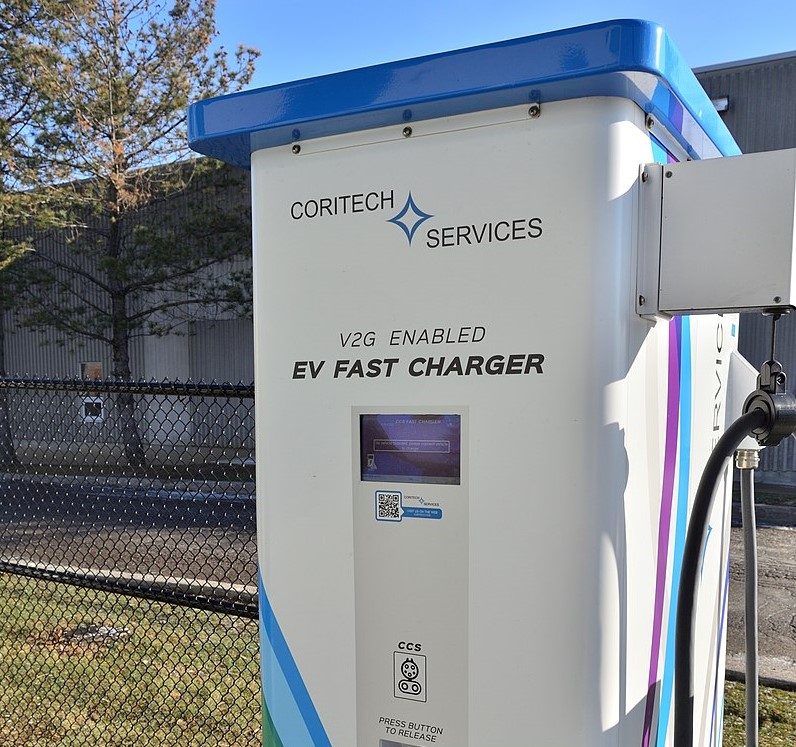From pv magazine Global
The two-way flow of electricity from EV batteries, known as vehicle to grid (V2G), has potential to create substantial grid balancing opportunities by soaking up excess renewables generation and releasing it back into the grid to manage issues in real time. However, until today, deploying V2G services at scale has proven complex, not least because of EV owners’ unwillingness to let go control of their vehicles.
To incorporate EVs with V2G capability into the frequency control, existing approaches have primarily focused on the State of Charge (SoC) level of batteries, which does not effectively distinguish between EVs with varying owner expectations. However, a higher level of EV owners’ satisfaction may increase their interest in providing these ancillary services in the future.
Now, researchers from the Griffith University, Queensland, Australia, and the Macquarie University, New South Wales, Australia are proposing a novel adaptive decentralised control scheme to regulate the contribution of EVs to primary frequency control in an islanded microgrid considering both operating limits and owner expectations.
For this purpose, different adaptive droop parameters are developed. Instead of using SoC to represent the functionality of an EV to participate in frequency regulations, the researchers have introduced Charge Capability of Battery (CCoB) and Discharge Capability of Battery (DCoB) indices to evaluate these capabilities in real-time.
“Using these indices, it is possible to evaluate the contribution of EVs not only based on SoC level but also according to the time that EV owners expect to spend at charging stations. Vehicles with the same SoC but different plug-in durations will be treated differently. The results demonstrate that the proposed adaptive control scheme offers both EV-side and microgrid-side benefits,” they write in their paper.
The proposed method provides the EV owner with a higher level of SoC during frequency control, which is subject to several uncertainties, and consequently leads to higher satisfaction among EV owners, the researchers find. With the help of the EV Owner Satisfaction (EOS) index, it is possible to evaluate charging methods, incentive programs, and other activities that may influence the participation of EVs in supporting the grid.
Finally, implementing this strategy is found to prevent ramping issues in cases where a large number of EVs with similar SoCs are ready to contribute, thus adversely affecting the microgrid stability.
The findings were discussed in “Adaptive control of V2Gs in islanded microgrids incorporating EV owner expectations,” which was recently published in Applied Energy.
This content is protected by copyright and may not be reused. If you want to cooperate with us and would like to reuse some of our content, please contact: editors@pv-magazine.com.









By submitting this form you agree to pv magazine using your data for the purposes of publishing your comment.
Your personal data will only be disclosed or otherwise transmitted to third parties for the purposes of spam filtering or if this is necessary for technical maintenance of the website. Any other transfer to third parties will not take place unless this is justified on the basis of applicable data protection regulations or if pv magazine is legally obliged to do so.
You may revoke this consent at any time with effect for the future, in which case your personal data will be deleted immediately. Otherwise, your data will be deleted if pv magazine has processed your request or the purpose of data storage is fulfilled.
Further information on data privacy can be found in our Data Protection Policy.